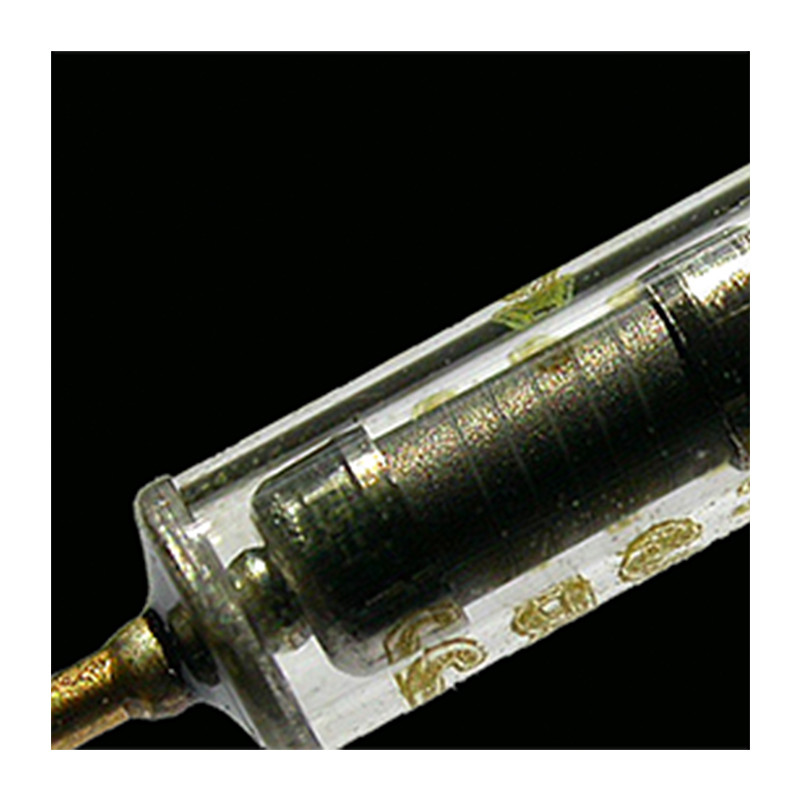

Category


Фотографии предназначены только для информационных целей. Посмотреть спецификацию продукта
please use latin characters
Overview
Metal-to-glass sealing involves heating metal to melt glass in order to form a seal between the two materials. The process is typically used in the production of a lamp bulb or a laser tube to form an air tight seal. Care must be taken when sealing metal to glass due to different expansion rates of the glass and metal upon cooling and after production. Sometimes, a third material such as a polymeric bonding agent is used to create a seal.
Induction
Modern induction heating provides reliable, repeatable, non-contact and energy-efficient heat in a minimal amount of time. Induction provides the necessary control and accuracy to focus the heat to a specific area of the part. Solid state RF induction can be used to efficiently and repeatedly heat a metal and subsequently melt glass to form a seal.
Typical RF power supplies for metal-to-glass sealing range from 1 to 20 kW, depending on the material and application requirements.
Вы заинтересованы в этом продукте? Вам нужна дополнительная информация или индивидуальные расценки?
Вы должны быть зарегистрированы
Overview
Metal-to-glass sealing involves heating metal to melt glass in order to form a seal between the two materials. The process is typically used in the production of a lamp bulb or a laser tube to form an air tight seal. Care must be taken when sealing metal to glass due to different expansion rates of the glass and metal upon cooling and after production. Sometimes, a third material such as a polymeric bonding agent is used to create a seal.
Induction
Modern induction heating provides reliable, repeatable, non-contact and energy-efficient heat in a minimal amount of time. Induction provides the necessary control and accuracy to focus the heat to a specific area of the part. Solid state RF induction can be used to efficiently and repeatedly heat a metal and subsequently melt glass to form a seal.
Typical RF power supplies for metal-to-glass sealing range from 1 to 20 kW, depending on the material and application requirements.
Не удаётся отправить вашу оценку отзыва
Пожаловаться на комментарий
Жалоба отправлена
Не удаётся отправить вашу жалобу
Оставьте свой отзыв
Отзыв отправлен
Не удаётся отправить отзыв
